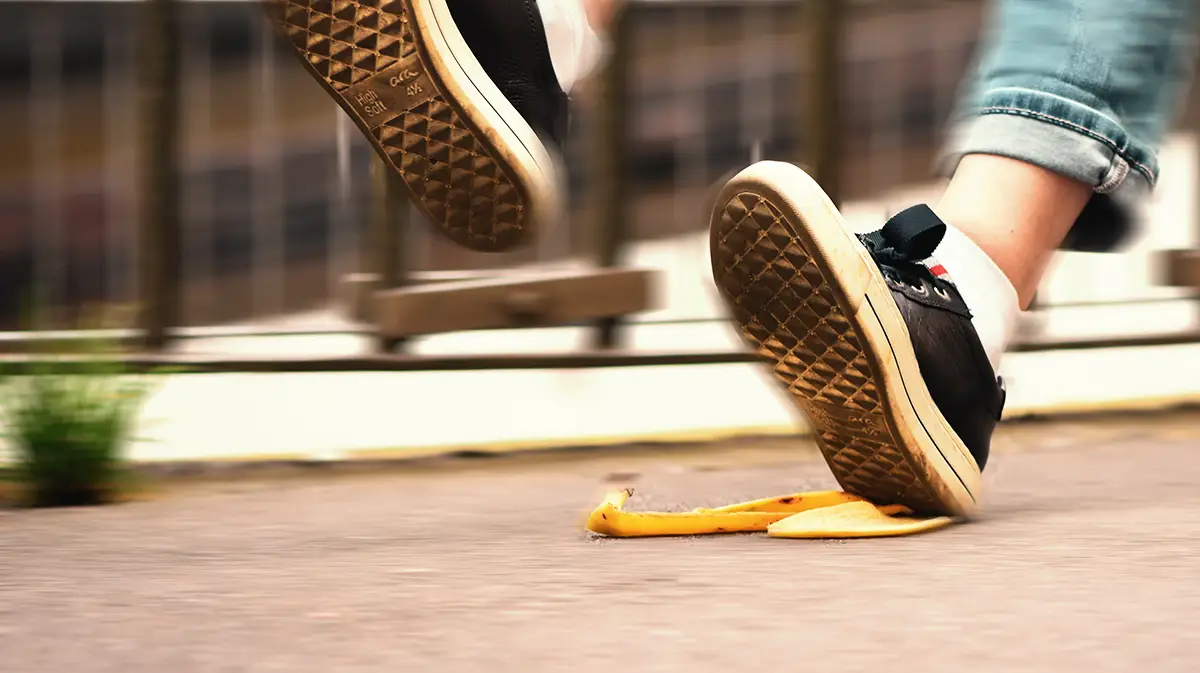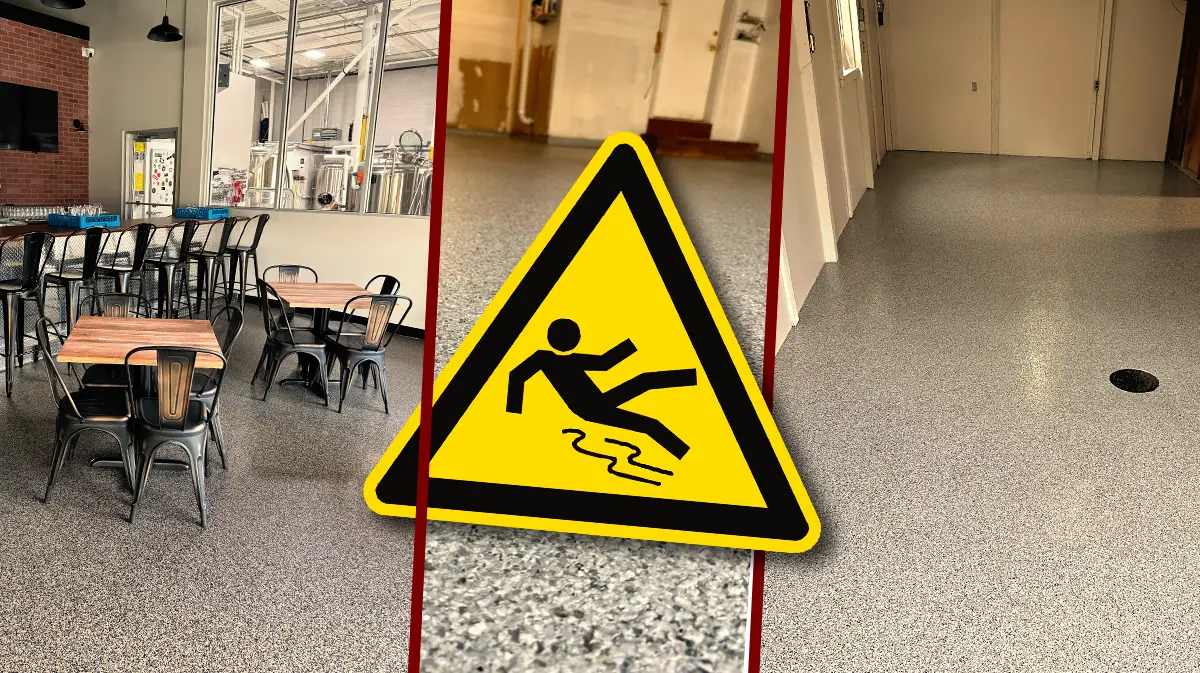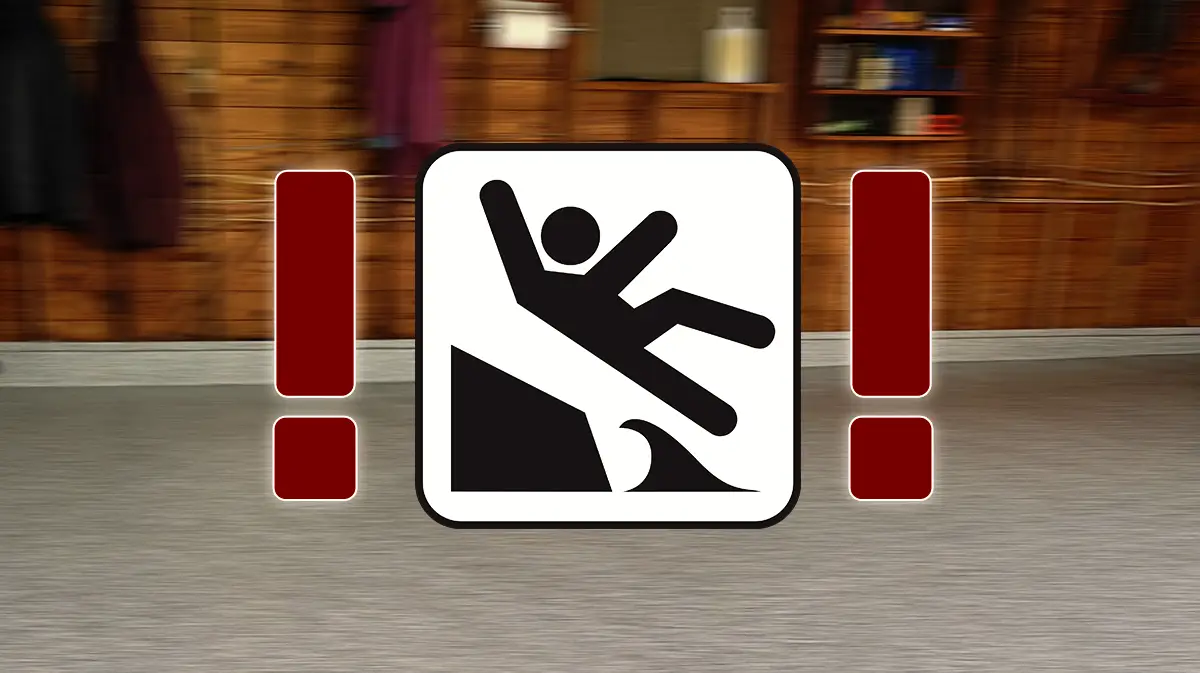Epoxy coatings are well-known for their exceptional durability, ease of cleaning, and resistance to chemicals, stains, and moisture. These qualities make them a popular choice for many public and residential spaces across Phoenix (and Arizona in general). However, one common issue is that these coatings can become slippery when wet, posing a safety risk. Hence all those “Slippery When Wet” in coffee shops, restaurants, and hospitals with epoxy coatings.
So how do you make epoxy and polyaspartic floors slip resistant?


Slip-Resistant Epoxy and Polyaspartic Floors: Making Residential Spaces Safer
Despite the myriad benefits of epoxy coatings, ensuring safety in these areas is crucial. The key to preventing slips is incorporating slip-resistant aggregates into the epoxy coating. These aggregates, known as “anti-skid” or “anti-slip,” are added to the final layer to create a textured surface that reduces the risk of slipping.
Types of Slip-Resistant Aggregates
There are several types of anti-skid aggregates, each suitable for different environments:
- Polypropylene and glass spheres: These are ideal for areas with moderate foot traffic, such as kitchens, basements, and garages. They provide sufficient slip resistance and are easy to clean.
- Quartz and aluminum oxide: These are more aggressive options suitable for high-risk areas, such as spaces frequented by the elderly or where spills are common. Although more visible and harder to clean, they offer excellent slip resistance and can be blended into the floor design for aesthetic appeal.
Consulting Local Professionals
If you’re a homeowner planning on getting an epoxy coating, discuss slip-resistant options with your contractor. Professional installers can advise on the best type of anti-skid aggregate for your needs and ensure a safe, durable, and visually appealing finish. And the pros can do it with any kind of epoxy and polyaspartic system — indoor or outdoor.

